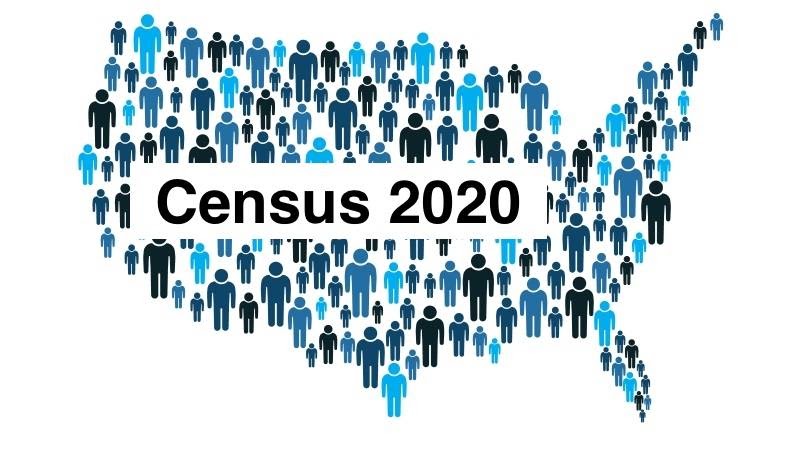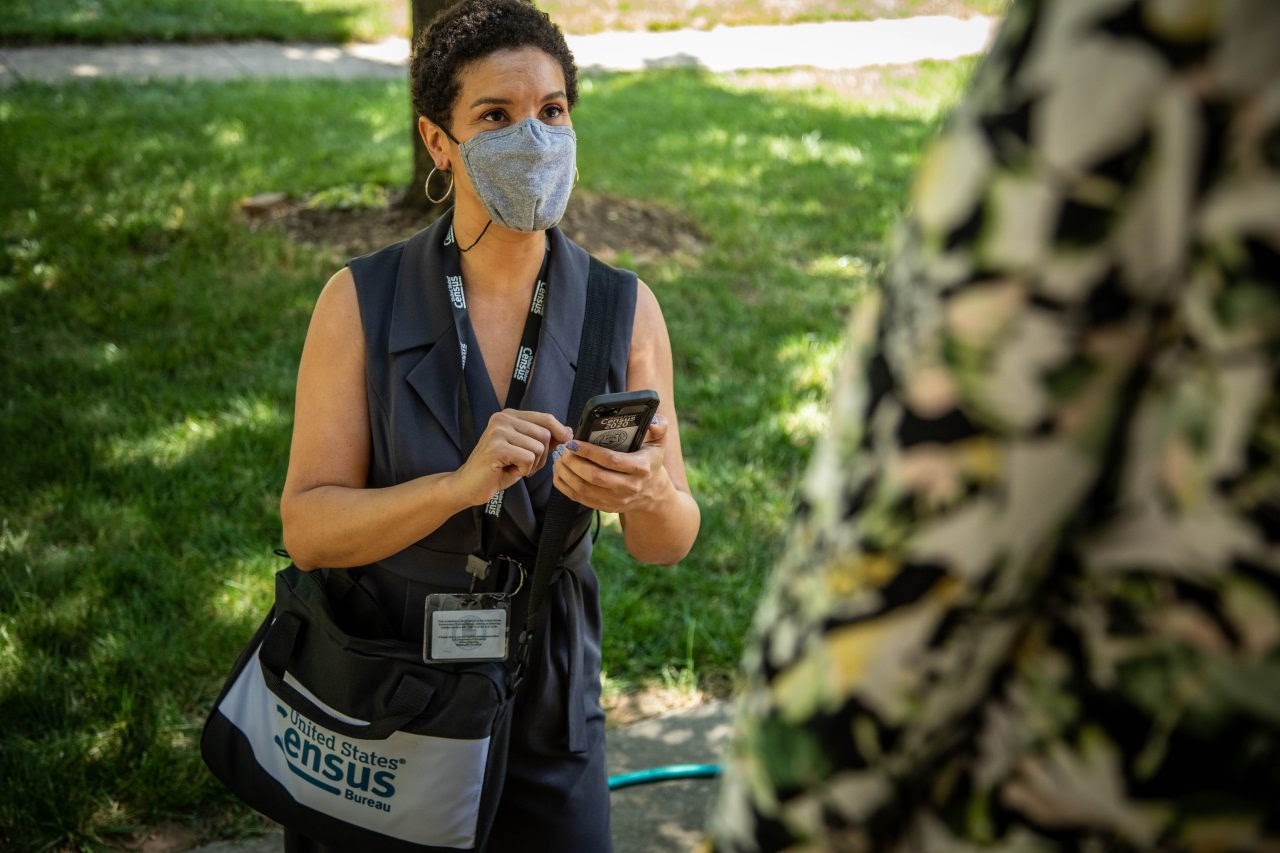The 2020 Census and Building Integrated Communities
Written by W. Pierce Holloway
To learn more about the author, visit here .
When the Building Integrated Communities (BIC) program partners with a city or municipality to assist in the creation of inclusive practices and policies there is a large amount of preparatory work before any work is done. This work is done to build a baseline understanding of the area, a way that BIC can understand how the city can improve and grow. To build this baseline, information is collected on the residents of the city including but not limited to: Race/Ethnicity, Country of Origin, Median Income, Poverty Status, Education level, Age Expectancy, etc. Typically, this information is turned into a report and shared with our community partner. These reports provide BIC and local officials with a detailed understanding of how language access plans and other resources can best be designed and implemented to support the integration of new residents born in foreign countries.

Image Source from Engaging Local Government Leaders.
Overwhelmingly, we rely on United States Census data, or more specifically the American Community Survey (ACS) to gain insight into communities. The U.S. Census at its heart is a population count performed every 10 years as stipulated by our Constitution: Article 1 Section 2. However, since the first count in 1790 it has become so much more than just a simple headcount. The census now collects data on each individual’s Race/Ethnicity, Home Status, Age, and more. This information is then consolidated and eventually made public. The importance of the census data cannot be understated; it is used by our government to decide how hundreds of billions of dollars are distributed across the county and how electoral districts are drawn.
You may have noticed that the census is only performed once every 10 years. What happens in between those years? This is where the ACS provides in-depth population information on a wide range of topics. Unlike the census, the ACS is conducted every year with random households across the country sampled. Using the vast amount of information available from the Census and the ACS, the BIC program can collaborate with local governments to create language access plans for communities unique to their area. To do this, BIC analyzes information regarding what languages are spoken in an area as well as how many people speak “little to no English”. This information can then be broken down by race, ethnicity, income, or education to provide further insight as to what resources the local government can develop and provide to ensure all community members are supported. In tandem with this information, BIC looks at information analyzing the country of origin for community members. This data can reveal very interesting results such as discovering that a community has an unexpectedly large number of residents from a specific country or region of the world. Knowing these facts about an area is crucial for BIC and its partners to develop plans to engage with new residents and support their integration. Knowing this information is important not only for local officials to understand what language needs their community has, but also the unique cultural heritage that should be fostered and supported.

Image Source from 2020 Census.
This year has presented multiple hurdles for the 2020 census. Unsurprisingly the COVID-19 pandemic has been a large obstacle for the 2020. Traditionally, census forms are mailed out and then returned, with census employees going in-person to homes which did not mail back a census form. The public health impacts of sending census takers to people’s homes has proved challenging. Because of this the census bureau delayed deadlines for mail-in responses and extended that amount of time for census takers to visit homes. Another stumbling block was the Trump administration’s efforts to require a citizenship question to be part of the 2020 census. Critics claimed that the inclusion of the question would have led to an undercount of minority and non-citizen residents. Consequently, areas with higher immigrant populations, which typically vote democratic, would stand to lose federal funding as well as representation. Ultimately, the Supreme Court elected to block the administration’s efforts to add a citizenship question on June 30th, 2020.
In lieu of all the controversies this year’s census has faced, the Bureau is still hoping to have data released publicly as close to to December 31st as possible. We at BIC are extremely excited for this new data as it will allow us to have a more accurate and deeper insight into our communities. With the new data we will continue to work our hardest to ensure that immigrant populations are represented and worked with in communities across the state.
One Step Further
If you are interested in conducting research on census data try a free trial with Social Explorer and you can access the free census data here .